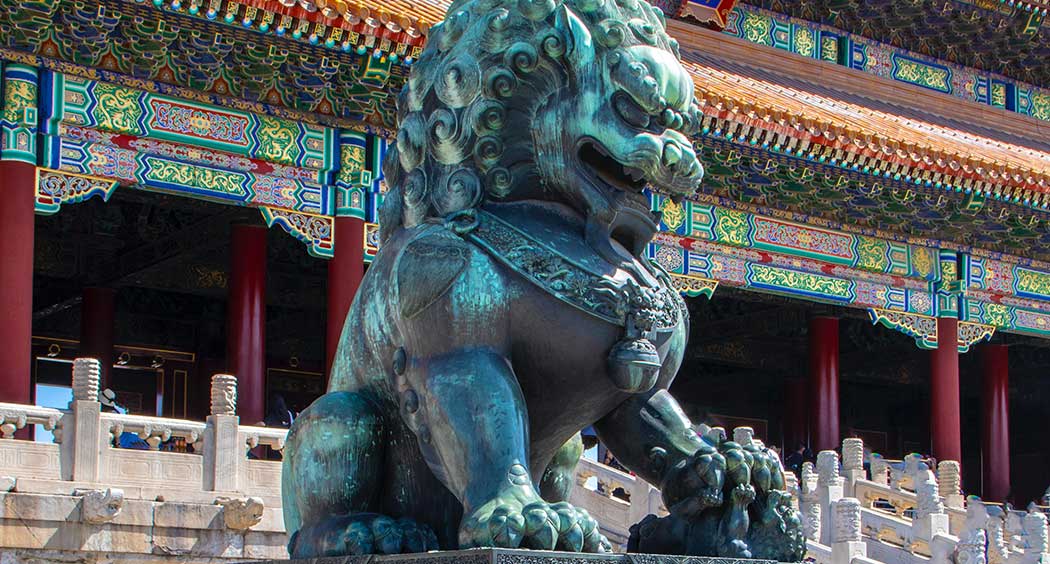ACADEMIC ARTICLE
Roberto Alexandre Zanchetta Borghi | Tempo do Mundo (IPEA)
China’s economic rise has led to the rethinking of international relations not only between developed and developing economies, but also within developing economies. This paper compares the trade pattern established between China and Latin American and African economies in the 21st century. Results show that the importance assumed by China through asymmetrical trade relations with other developing peers renews core-periphery development concerns central to the structuralist theory. It is highlighted that there are important differences observed among countries, but overall relations should move toward greater economic and technological upgrading, as both Latin American and African economies face difficulties to industrialize or, in some cases, the risk of deindustrialization.
Keywords: China; Latin America; Africa; trade; structuralism.
 English
English




 O Instituto de Economia da UNICAMP foi criado em 1984 e tem por finalidade a promoção do ensino e da pesquisa na área de Economia.
O Instituto de Economia da UNICAMP foi criado em 1984 e tem por finalidade a promoção do ensino e da pesquisa na área de Economia.
